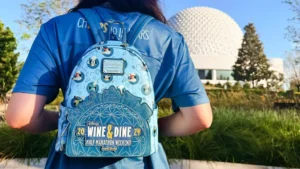SeaWorld has unveiled plans to release five animals back into the wild in partnership with three other parks.
While SeaWorld’s theme parks may have an expanding lineup of roller coasters, its marine life continues to receive the most attention—and not always for the right reasons.

The 2013 documentary Blackfish cast a harsh spotlight on the toll captivity takes on killer whales, echoing a message animal rights activists had been sounding for decades. This powerful film ignited a wave of outrage, with more voices calling for the release of orcas and an end to keeping these highly intelligent creatures in confinement.
But freeing captive orcas is far from simple. Many have spent their entire lives in tanks, leaving them unequipped to navigate, hunt, or socialize in the vast ocean. Lacking these critical survival skills, they would face a high risk of starvation, confusion, and difficulty blending into wild orca pods. On top of that, captive whales could introduce diseases or genetic traits that endanger wild populations.
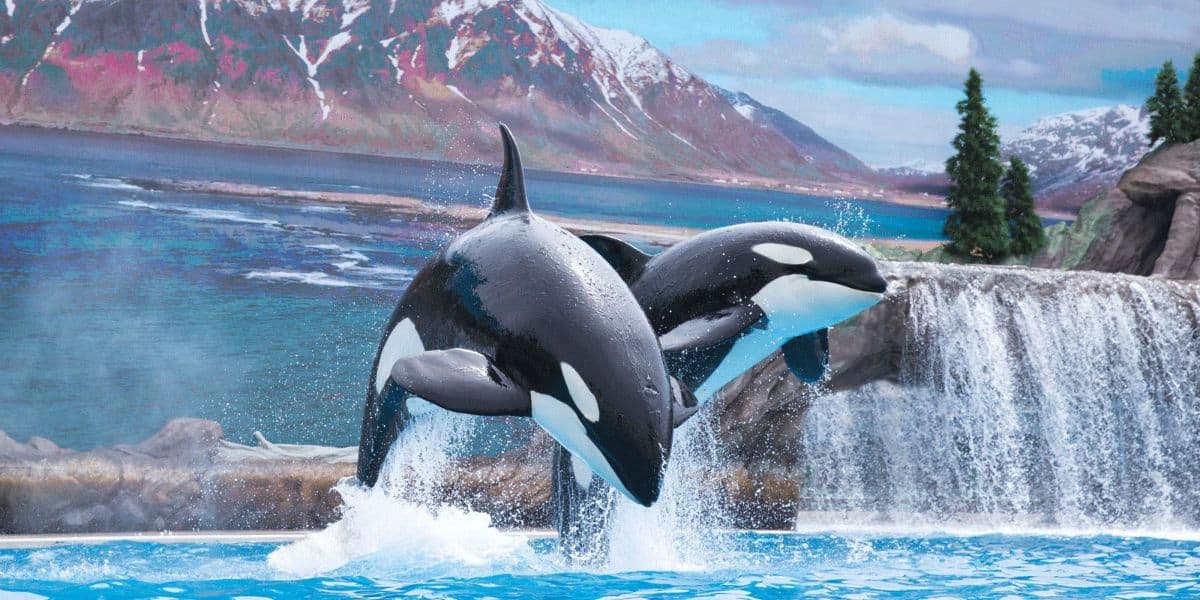
Though SeaWorld’s killer whales will likely remain in captivity for life, the park’s rehabilitation efforts have helped countless other animals return to the wild. SeaWorld Orlando, San Antonio, and San Diego have each played a key role in rescuing and rehabilitating local wildlife, including seals and manatees—a cause strongly backed in Florida by Gov. Ron DeSantis.
Most recently, in July 2024, SeaWorld returned a manatee named Lantana to Southwest Florida waters. Now, in partnership with three other parks, the park has announced the freedom of five more animals.
Together with Zoo Tampa at Lowry Park, Columbus Zoo and Aquarium, and Cincinnati Zoo & Botanical Garden – plus with the help of the Manatee Rescue and Rehabilitation Partnership and delivery company DHL – SeaWorld has rehabilitated Nighthawk, Mr. Dobak, Nolia, Amethyst, and Waffles, five manatees who will all return to the ocean either this winter or in spring 2025.
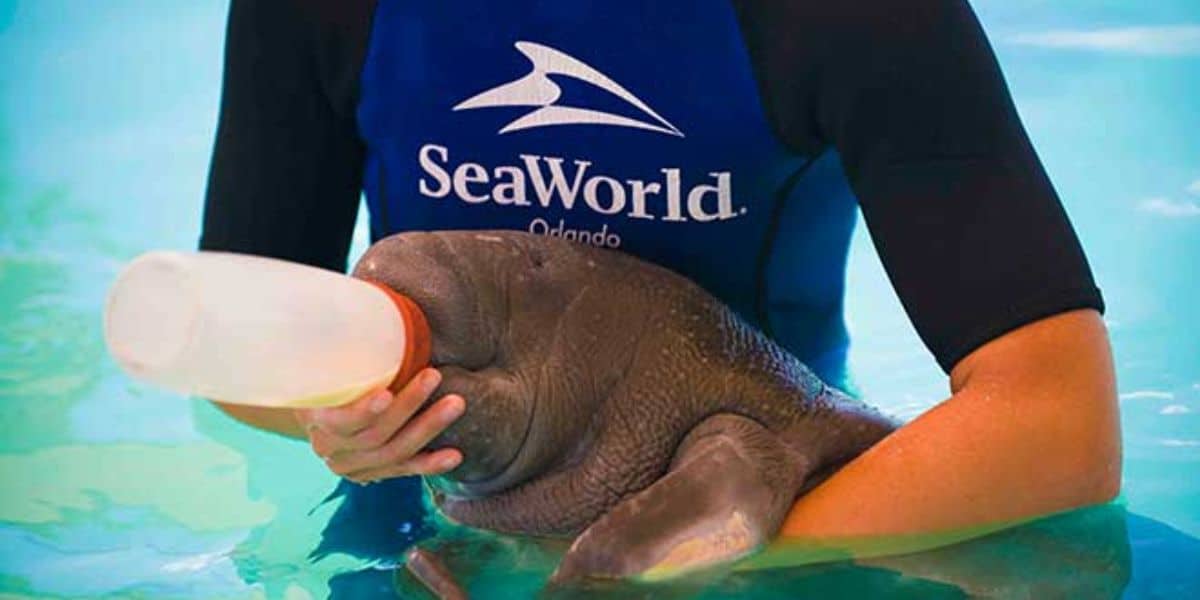
All five animals were rescued from various parts of Florida. This fall, they’ll be transferred back to SeaWorld Orlando and spend several months in Central Florida to prepare for returning to their natural waters.
Their time in rehabilitation has led to huge physical transformations—literally. When first rescued, Nighthawk weighed just 180 pounds, and Mr. Dobak 174. Today, Nighthawk tips the scales at 678 pounds, with Mr. Dobak now at 497. Nolia has skyrocketed from 148 to an impressive 715 pounds, Amethyst from 146 to 605, and Waffles has gone from a mere 185 pounds to a hefty 690.
“After a year of care, the trio has now reached their target weight and are set to return to the waters of Florida!” said Lindsay Garrett, headkeeper of the North America department at the Cincinnati Zoo. “Our job as a second-stage rehabilitation facility is to provide plenty of food and top-notch medical care. It’s incredibly rewarding to see them healthy and ready to return to their natural environment.”
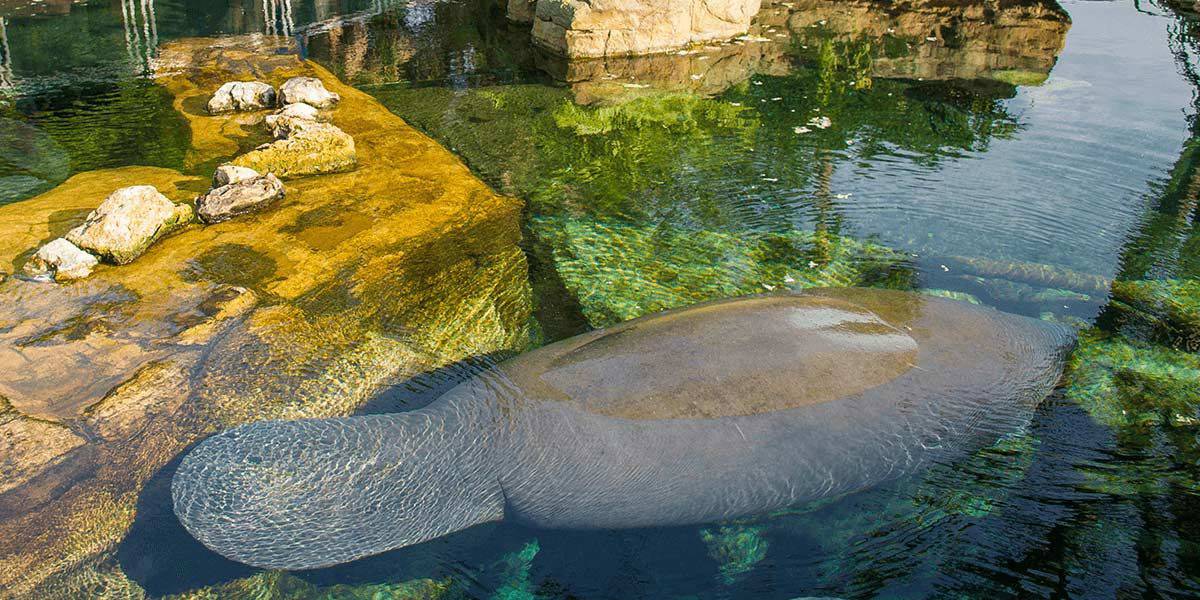
Dr. Joseph Gaspard, vice president of zoological operations at SeaWorld Orlando and vice chair of the Manatee Rescue and Rehabilitation Partnership, also released a statement about the transfer. “At our critical care facility at SeaWorld Orlando, we are equipped to care for up to 60 manatees simultaneously, providing a level of support that is rare in the United States. This facility, along with our ability to collaborate with other zoological institutions, allows us to transfer rehabilitating manatees when stable. By doing so, we ensure that valuable space is always available, maximizing our collective ability to safeguard the future of these remarkable creatures.”
Despite the controversy surrounding its animal care (some of which stems from its own former trainers), several parks have had their animals relocated to SeaWorld in the past. That includes Miami Seaquarium, arguably Florida’s most controversial park right now due to its history of concerning USDA reports focused on the living conditions and welfare of its animals.
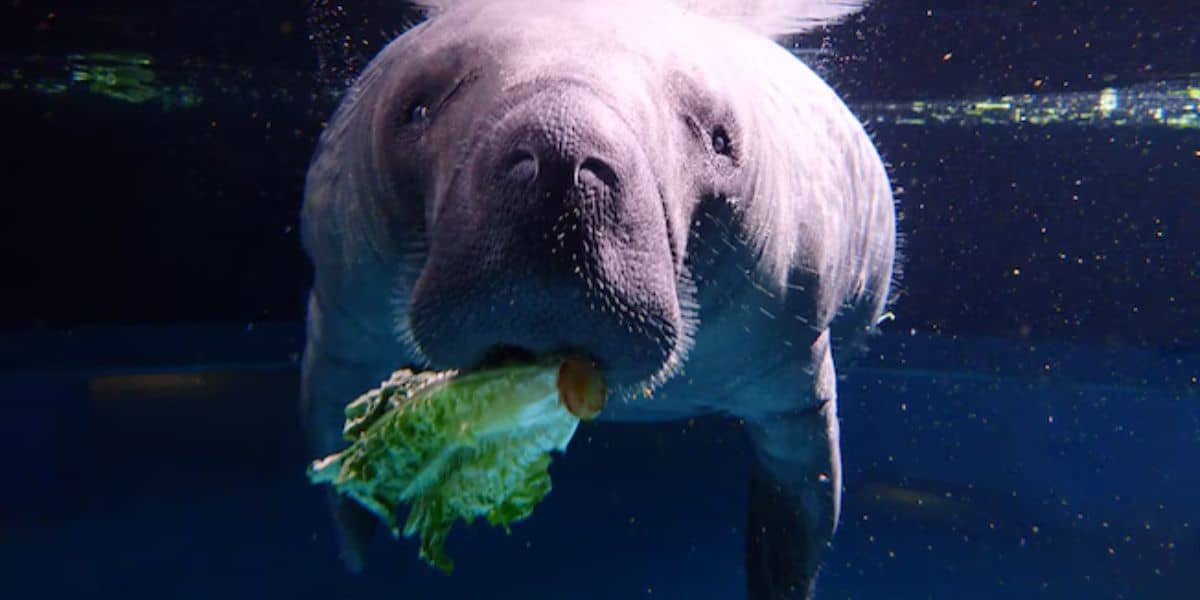
Most famously, the park was home to the killer whale Lolita until August 2023, when she died in her tank. The park had previously vowed to return her to the ocean just months earlier, although several critics cast doubt on whether this plan would ever become a reality and whether it was good for Lolita (AKA Tokitae’s) well-being.
In September, another Florida theme park – Walt Disney World Resort’s EPCOT – announced that it would free one of its own resident animals from The Seas with Nemo & Friends attraction. Lou the manatee is heading to another manatee rehabilitation center in Florida, leaving his tank mate, Lil Joe, alone.
What are your thoughts on SeaWorld’s animal care?
The post SeaWorld Prepares To Free Animals Back Into the Wild, Starting This Winter appeared first on Inside the Magic.

